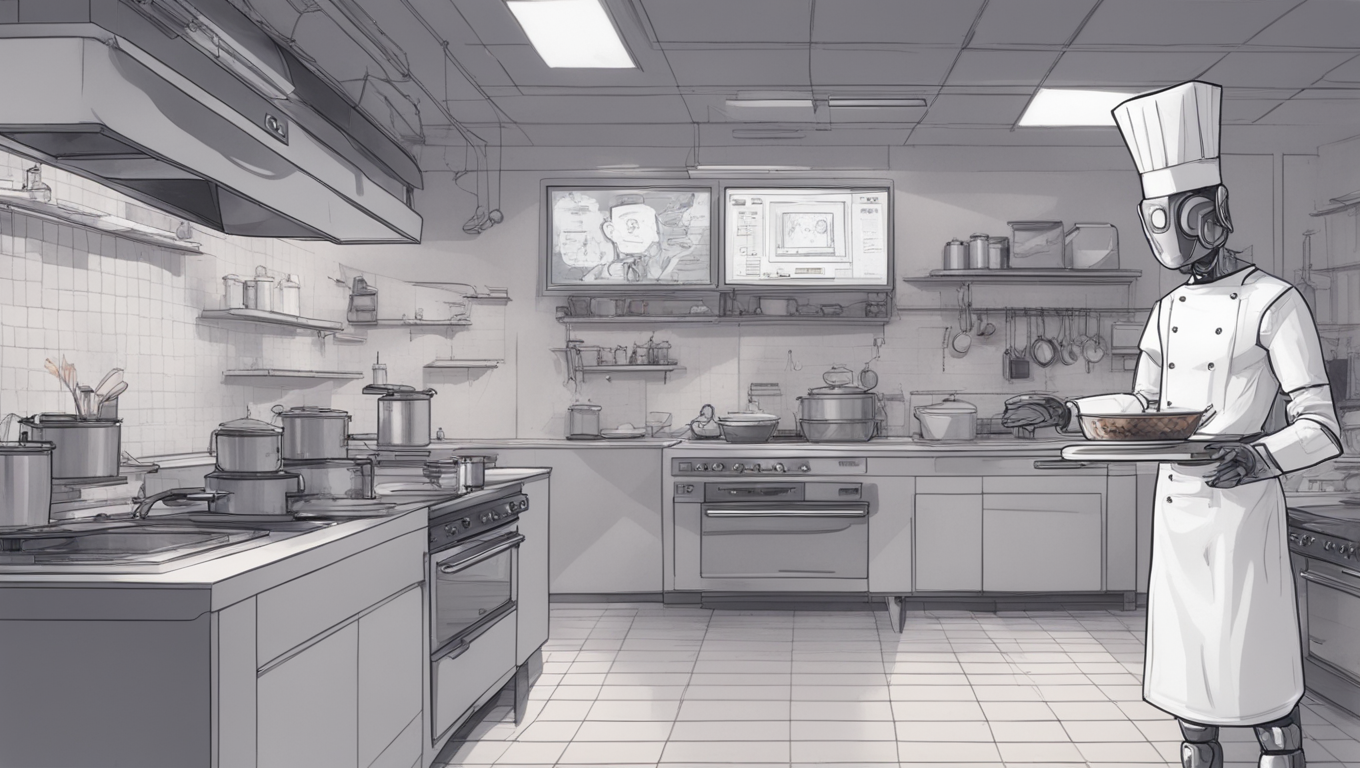Rocky Road: The Rise and Fall of an AI-Based Restaurant
Last month, the city of San Francisco buzzed with excitement as a new restaurant, touted as a groundbreaking AI-based establishment, opened its doors. The restaurant, which promised a unique dining experience driven by cutting-edge artificial intelligence technology, generated considerable hype and anticipation among food enthusiasts and tech enthusiasts alike.
However, just as quickly as the excitement had built up, it all came crashing down. The AI-based restaurant now stands empty, a symbol of what can happen when hype precedes substance. The downfall of this restaurant serves as a cautionary tale about the limitations and challenges that come with integrating AI into industries that rely heavily on human experience and creativity.
Experts point to a lack of understanding and unrealistic expectations as contributing factors to the restaurant’s demise. Dr. Jane Johnson, an AI researcher at Stanford University, explains, “AI technology is still in its infancy. While it holds great promise, we should temper our expectations and allow for gradual progress. It is crucial to strike a balance between embracing innovation and understanding its limitations.”
The rise and fall of the AI-based restaurant also highlights the importance of proper implementation and the need for human oversight. AI technology should augment human capabilities, not replace them. As entrepreneur and AI enthusiast Elon Musk once said, “AI is the digital extension of our creativity and intelligence. It should work alongside us, not against us.”
While this particular restaurant may have stumbled, it does not mean the end for AI in the culinary world. In fact, some pioneering chefs have successfully integrated AI technology into their kitchens, using it as a tool to enhance their culinary innovations. Renowned chef Julia Robertson uses AI algorithms to analyze flavor combinations and create new recipes that push the boundaries of traditional cuisine. She believes that AI can be a valuable resource for chefs, providing them with new perspectives and possibilities.
The challenges faced by the AI-based restaurant also echo the sentiments shared by industry leaders in various sectors. Many CEOs and experts warn against investing blindly in the AI hype. They stress the importance of carefully evaluating the potential benefits and risks associated with incorporating AI into business models.
As CEO Richard Anderson of a prominent tech company cautions, “AI should be treated as a tool, not a magic solution. It requires thoughtful implementation and ongoing monitoring to ensure it aligns with our goals and values.” This sentiment reflects the need for a measured approach to adopting AI technology, considering both its capabilities and limitations.
While some may view the failure of the AI-based restaurant as a setback for AI integration, others see it as a valuable learning opportunity. As technology continues to advance, setbacks and failures become stepping stones toward progress. Dr. Samantha Lee, a leading AI ethicist, notes, “Failures reveal the areas that still need improvement, and they push us toward finding innovative solutions. It’s through these challenges that we refine our approach and bring AI to its full potential.”
The rise and fall of the AI-based restaurant serves as a reminder that embracing AI technology requires a realistic understanding of its capabilities, careful implementation, and continuous evaluation. As we continue to navigate the possibilities and challenges that AI presents, it is essential to strike a balance between innovation and thoughtful consideration.
In the words of renowned AI pioneer and inventor, Ray Kurzweil, “AI is not a destination, but a journey. It continually evolves and requires our constant engagement. It is in this process that we discover its true potential and unlock new opportunities for progress.”





Use the share button below if you liked it.